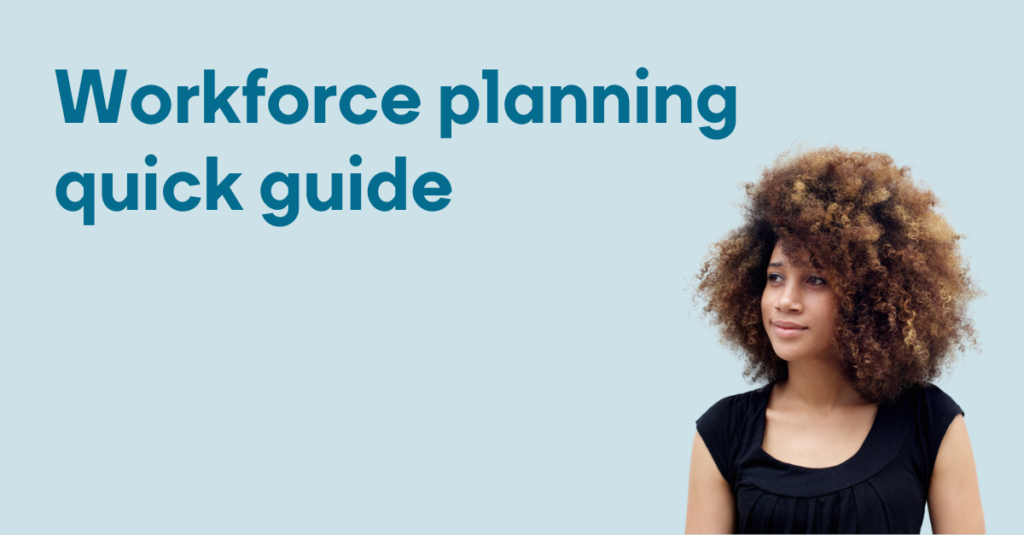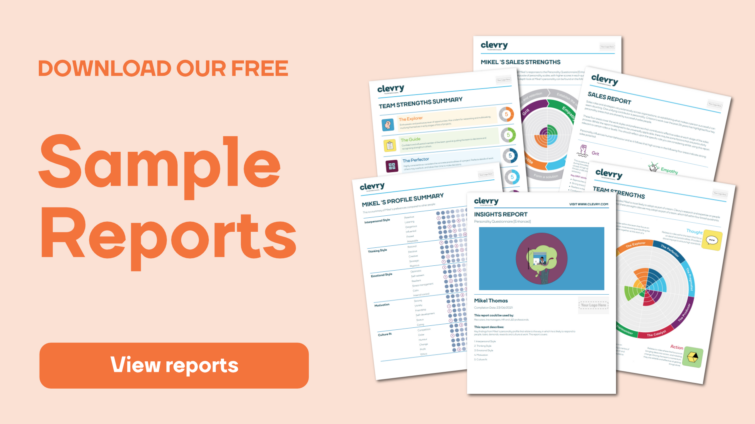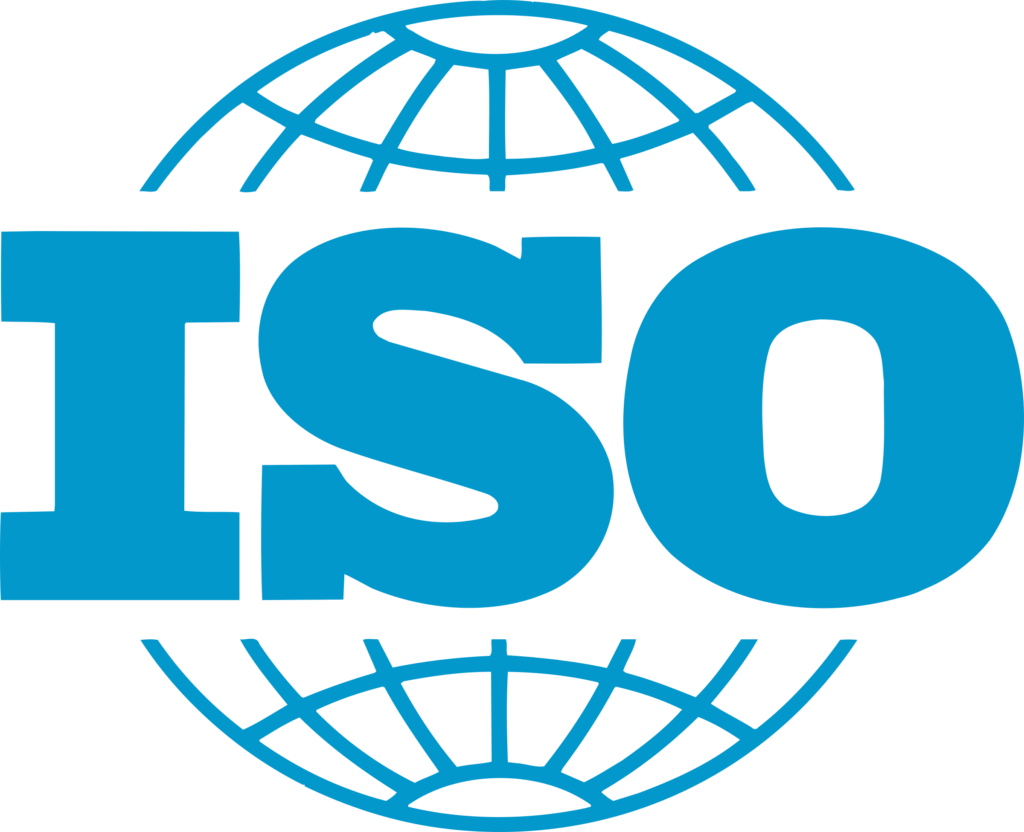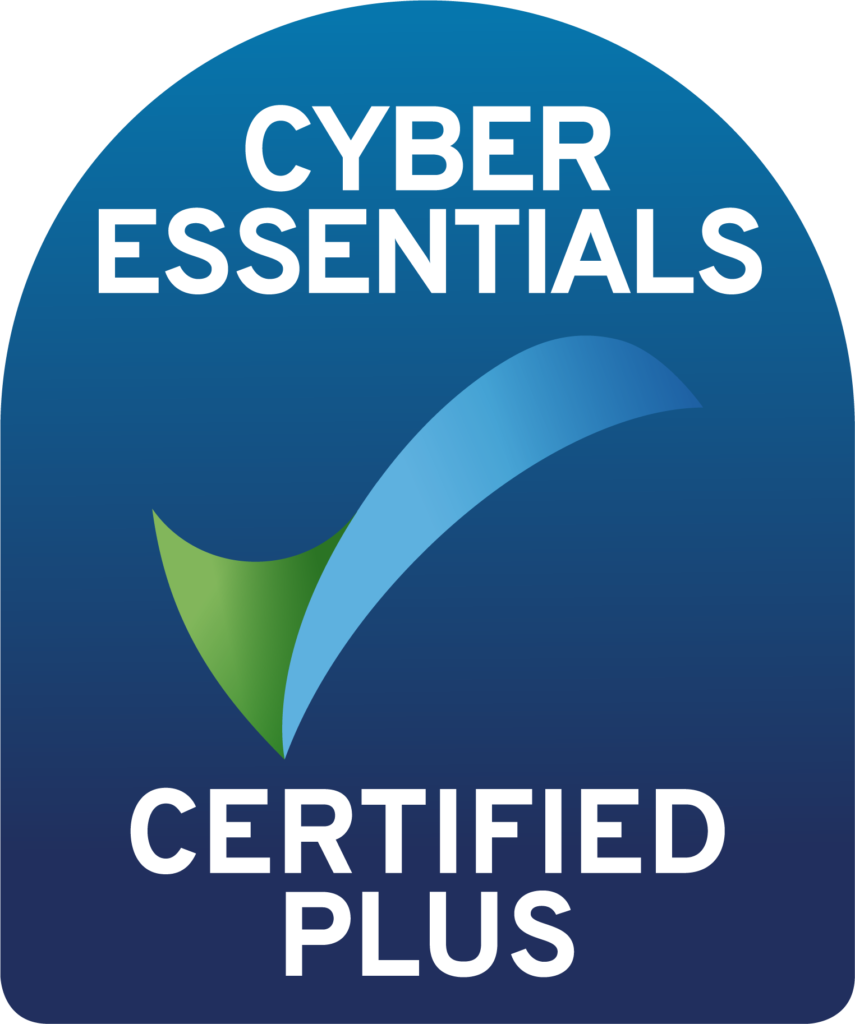
What is workforce planning?
Workforce planning is a strategic process used by organisations to ensure that they have the right number of employees with the right skills in the right places at the right times to meet their business objectives. It involves analysing current workforce capabilities, forecasting future workforce needs, identifying gaps, and developing strategies to bridge those gaps. This process helps organisations to optimise their workforce, improve productivity, and achieve their long-term goals.
How is workforce planning defined?
Workforce planning is the systematic approach to anticipating and managing the supply and demand for labour. It encompasses:
Workforce Analysis:
Assessing current workforce demographics, skills, and performance.
Forecasting:
Predicting future workforce needs based on business plans, market trends, and technological advancements.
Gap Analysis:
Identifying the differences between the current workforce and future needs.
Strategy Development:
Formulating plans to recruit, retain, train, and manage employees to fill identified gaps.
Implementation and Monitoring:
Executing workforce strategies and continuously monitoring progress to make necessary adjustments.
Workforce planning examples:
Example 1
Technology company adapting to new trends:
A tech company foresees that artificial intelligence (AI) and machine learning (ML) will be critical to its future product offerings. Currently, the company has limited expertise in these areas. Through workforce planning, the company does the following:
Workforce analysis:
Assesses its current technical staff and finds that only a small percentage have skills in AI/ML.
Forecasting:
Projects a significant increase in demand for AI/ML expertise in the next five years.
Gap analysis:
Identifies a substantial gap in AI/ML capabilities.
Strategy development: Develops a plan to address this gap by:
Training:
Offering current employees training programs in AI/ML.
Recruitment:
Actively recruiting professionals with AI/ML expertise.
Partnerships:
Partnering with universities to create a pipeline of new graduates with relevant skills.
Implementation and monitoring:
Launches the training programs, updates recruitment processes, and regularly reviews progress towards closing the skills gap.
Example 2
Healthcare system preparing for demographic changes:
A national healthcare system anticipates a significant increase in the elderly population, which will increase demand for healthcare services. The system’s workforce planning includes:
Workforce analysis:
Evaluates the current number of healthcare providers and their specialties.
Forecasting:
Predicts future healthcare needs based on demographic trends, expecting a rise in demand for geriatric care.
Gap analysis:
Identifies a shortage of healthcare providers specialising in geriatrics.
Recruitment:
Incentivising medical students to specialise in geriatrics through scholarships and loan forgiveness programs.
Retention:
Creating flexible work arrangements and support systems to retain current staff.
Training:
Offering continuing education programs focused on geriatric care.
Implementation and monitoring:
Rolls out the incentive programs, monitors the number of geriatric specialists, and adjusts strategies based on the evolving needs and workforce feedback.
These examples demonstrate how workforce planning enables organisations to proactively manage their human resources to align with future demands and strategic goals. By anticipating changes and preparing accordingly, organisations can maintain a competitive edge and ensure they can meet their operational objectives effectively.
Why do companies engage in workforce planning?
Companies engage in workforce planning for several reasons:
Strategic alignment:
Workforce planning ensures that the organisation’s workforce aligns with its strategic goals and objectives. By forecasting future workforce needs, companies can proactively address talent gaps and skill shortages to support business growth.
Cost efficiency:
Effective workforce planning helps companies optimise their workforce, ensuring they have the right number of employees with the right skills at the right time. This can lead to cost savings by reducing unnecessary hiring, turnover, and training expenses.
Risk mitigation:
By anticipating future talent shortages or surpluses, companies can mitigate risks associated with workforce fluctuations. For example, workforce planning can help companies avoid disruptions caused by sudden retirements, resignations, or economic downturns.
Talent development:
Workforce planning allows companies to identify skill gaps within their workforce and develop strategies for training and development. This not only enhances employee capabilities but also improves employee engagement and retention.
Competitive advantage:
Companies that engage in workforce planning are better positioned to adapt to changing market conditions and emerging industry trends. By having the right talent in place, companies can respond quickly to opportunities and stay ahead of competitors.
What are the benefits of workforce planning?
Any type of company, regardless of size or industry, can benefit from workforce planning. Whether it’s a small startup or a multinational corporation, workforce planning is essential for ensuring that organisations have the human capital necessary to achieve their goals.
To determine if workforce planning is right for them, companies can take the following steps:
Assess current workforce needs:
Evaluate current workforce demographics, skills, and capabilities. Identify any potential gaps or areas for improvement.
Understand future business goals:
Consider the company’s long-term strategic objectives and the skills and resources needed to achieve them. Assess how changes in the market, technology, or industry may impact future workforce requirements.
Conduct a workforce analysis:
Analyse workforce trends, turnover rates, and talent pipelines. Use data-driven insights to forecast future workforce needs and identify potential challenges or opportunities.
Engage stakeholders:
Involve key stakeholders, including HR professionals, department managers, and senior leadership, in discussions about workforce planning. Gain buy-in and support from across the organisation.
Start small:
Begin by focusing on specific areas or departments where workforce planning is most needed. Pilot workforce planning initiatives on a smaller scale before scaling them up to the entire organisation.
Invest in technology:
Consider leveraging workforce planning software or tools to streamline the process and improve accuracy. These tools can help automate data collection, analysis, and reporting, making workforce planning more efficient and effective.
By taking these steps, companies can determine whether workforce planning is the right fit for their organisation and develop a roadmap for implementation.
What are the stages of workforce planning?
Workforce planning typically involves several stages, each of which is essential for effectively managing an organisation’s human capital. While the specific stages may vary depending on the organisation’s size, industry, and objectives, the following are common stages in the workforce planning process:
1) Initiation
- Define the objectives and scope of the workforce planning initiative.
- Secure leadership buy-in and support.
- Assemble a workforce planning team with representatives from HR, finance, operations, and other relevant departments.
2) Environmental scan:
- Conduct an analysis of external factors that may impact the organisation’s workforce, such as economic trends, industry developments, and regulatory changes.
- Identify potential opportunities and threats that could affect future workforce needs.
3) Internal analysis:
- Assess the organisation’s current workforce demographics, skills, and capabilities.
- Analyse historical workforce data, including turnover rates, recruitment metrics, and performance evaluations.
- Identify strengths, weaknesses, opportunities, and threats (SWOT) related to the workforce.
4) Forecasting:
- Predict future workforce needs based on business objectives, growth projections, and industry trends.
- Use quantitative methods, such as trend analysis and workforce modelling, to estimate future demand for labour.
- Consider qualitative factors, such as changes in technology, customer preferences, and organisational structure.
5) Gap analysis:
- Compare forecasted workforce needs with the organisation’s current workforce capabilities.
- Identify gaps or discrepancies between supply and demand for labour, including skill shortages, surplus positions, and succession risks.
- Prioritise critical areas where action is needed to address workforce gaps.
6) Strategy development:
- Develop strategies to address identified workforce gaps and align the workforce with organisational goals.
- Determine the best approach for recruiting, retaining, developing, and deploying talent.
- Consider alternative workforce solutions, such as outsourcing, contingent labour, or automation, to supplement internal capabilities.
7) Implementation:
- Execute workforce planning strategies and initiatives according to the established timeline and budget.
- Implement recruitment, training, and development programs to build the necessary skills and competencies.
- Monitor progress and adjust strategies as needed to address evolving workforce needs and market conditions.
8) Monitoring and evaluation:
- Continuously monitor key workforce metrics and performance indicators to track progress against goals.
- Evaluate the effectiveness of workforce planning initiatives in achieving desired outcomes.
- Make data-driven decisions to optimise workforce strategies and adapt to changing circumstances.
9) Continuous improvement:
- Review and refine workforce planning processes based on lessons learned and feedback from stakeholders.
- Incorporate feedback from employees, managers, and other stakeholders to enhance the relevance and effectiveness of workforce planning efforts.
By following these stages, organisations can develop a comprehensive workforce planning strategy that aligns with their business objectives and helps them effectively manage their human capital to achieve sustainable growth and success.
The bottom line
In conclusion, workforce planning is a critical process for organisations to strategically manage their human capital and ensure alignment with business objectives. By systematically analysing current workforce capabilities, forecasting future needs, identifying gaps, and developing targeted strategies, organisations can optimise their talent pool, improve productivity, and mitigate risks associated with workforce fluctuations.
Through the stages of initiation, environmental scan, internal analysis, forecasting, gap analysis, strategy development, implementation, monitoring and evaluation, and continuous improvement, organisations can create a robust workforce planning framework that enables them to adapt to changing market conditions and emerging industry trends.
Ultimately, workforce planning empowers organisations to make informed decisions about recruitment, retention, training, and deployment of talent, leading to cost efficiencies, competitive advantages, and sustainable growth. By investing in workforce planning initiatives and fostering a culture of continuous improvement, organisations can maximise the value of their most valuable asset—their people.



